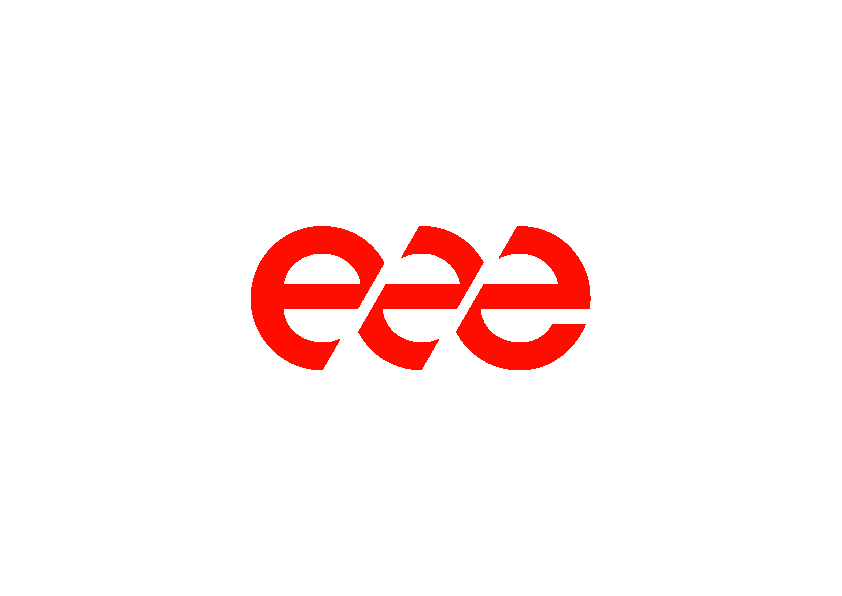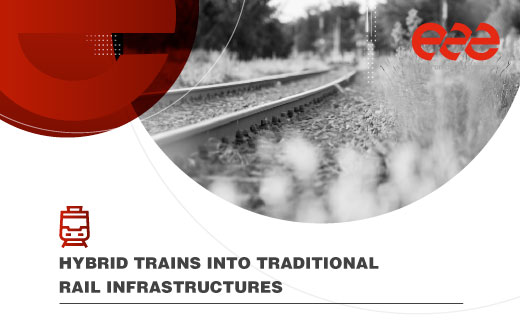Sustainability is no longer an option, but a necessity. On this path, the rail sector has positioned itself as a key player, due to its low environmental impact compared to other modes of transport and its ability to adapt to new technologies. Among these innovations, hybrid trains, capable of running on more than one energy source, have come into their own.
However, their deployment on existing lines is not without its challenges. How are these new systems integrated into infrastructures designed for traditional electric or diesel trains? In this article, we explore the main technical and operational obstacles to mainstreaming.
What do we mean by hybrid trains?
A hybrid train uses different energy sources, such as electric traction and a diesel engine, or electric power with batteries. This versatility allows them to run on both electrified sections and those not yet equipped with catenaries. This makes them an ideal intermediate solution while moving towards a fully decarbonised rail network.
Main challenges for integration
- Compatibility with the electricity infrastructure
One of the main challenges is to ensure a safe transition between traction modes, especially on sections where electrification ends. This requires precise coordination between the train systems and the railway network, avoiding interruptions in the power supply and maintaining system stability.
- Signalling and control
Hybrid trains must be fully compatible with existing signalling systems such as ERTMS or electronic interlocking. Power switching must not affect communication and rail traffic control, which are key to ensuring operational safety.
- Maintenance and training
This new generation of trains incorporates technologies that require new maintenance protocols, specific training for technicians and the adaptation of workshops. Batteries, power converters or energy management systems are sensitive elements requiring specialised attention.
A commitment to the future
Despite their challenges, hybrid trains are a clear opportunity for moving towards a more sustainable network without the need to electrify the entire route. They help to reduce emissions and maintain efficiency on mixed routes.
At Triple E we work on technological solutions that guarantee interoperability, safety and reliability in the integration of new railway systems. Innovation is key for railways to continue to lead the mobility of the future.










